Chinese Name: 鲁甸县太阳湖
English Name: Sun Lake in Ludian County, Zhaotong
Location and Layout:
Sun Lake is situated in the southern suburbs of Ludian County, bordered to the east by the Qiaowei Highway and to the west by the Minglou Natural Village. It covers an area of 320 acres. The overall layout of the park comprises four main components: the lake’s water surface, small islands, the lake road, and the commercial area.
Features:
- Shape and Size: Sun Lake is butterfly-shaped and located in the center of a flat plain on the city’s outskirts. The water surface covers 160,000 square meters, with a depth of 2.2 meters.
- Islands: The lake features three islands, each equipped with Jiangnan-style garden facilities such as octagonal pavilions and long corridors. Arch-shaped bridges connect the islands, creating a picturesque landscape with islands surrounded by water.
- Surroundings: The lake is encircled by a landscaped greenbelt with garden features. At the junction with Century Avenue, there is a fountain and a rock waterfall, designed to evoke a charming Jiangnan (Southern China) scenery with lush willows, abundant water mist, and fragrant flowers.

Cultural Significance:
The name “Sun Lake” originates from the Yi ethnic group’s worship of fire and sun totems, reflecting deep ethnic cultural significance.
Seasonal Beauty:
Sun Lake offers beautiful scenery throughout the year, with picturesque views such as:
- “Morning views of the red sunrise and evening reflections of the glowing clouds.”
- “Moonlight spilling silver on half the lake and lights casting reflections in the autumn pond.”
The lake is a popular destination for relaxation and recreation, providing a perfect setting for visitors to enjoy its scenic beauty.
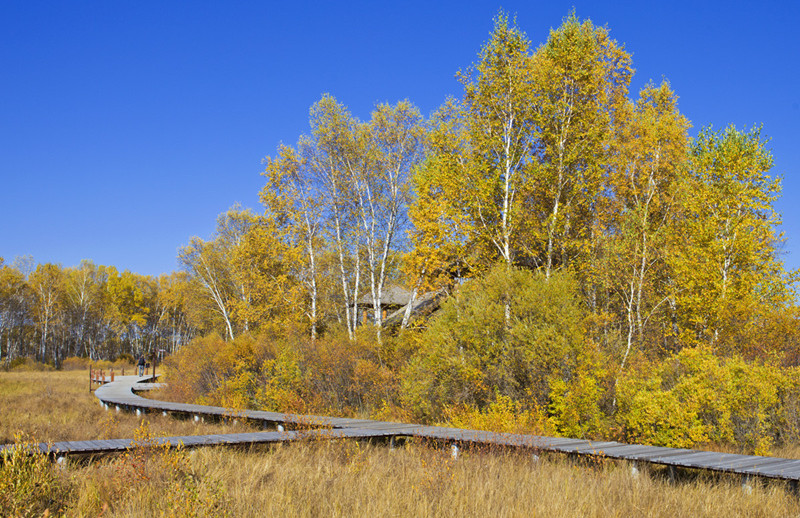
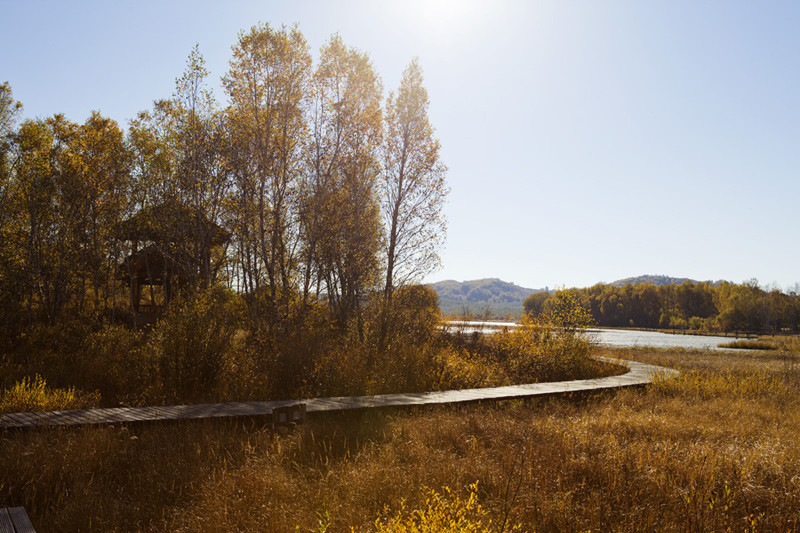
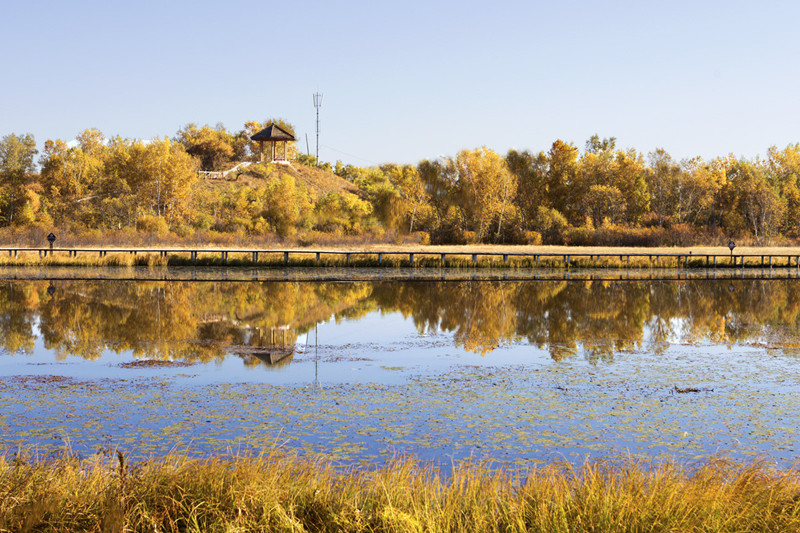
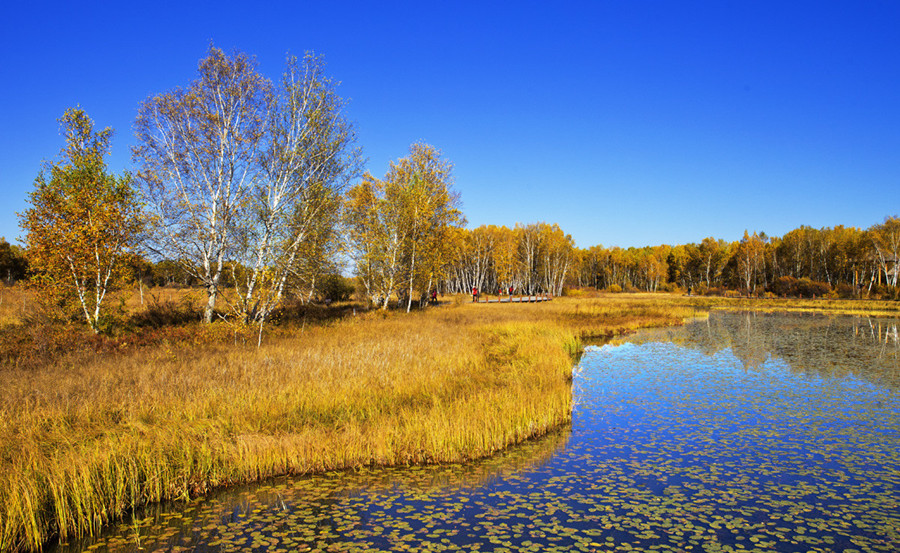
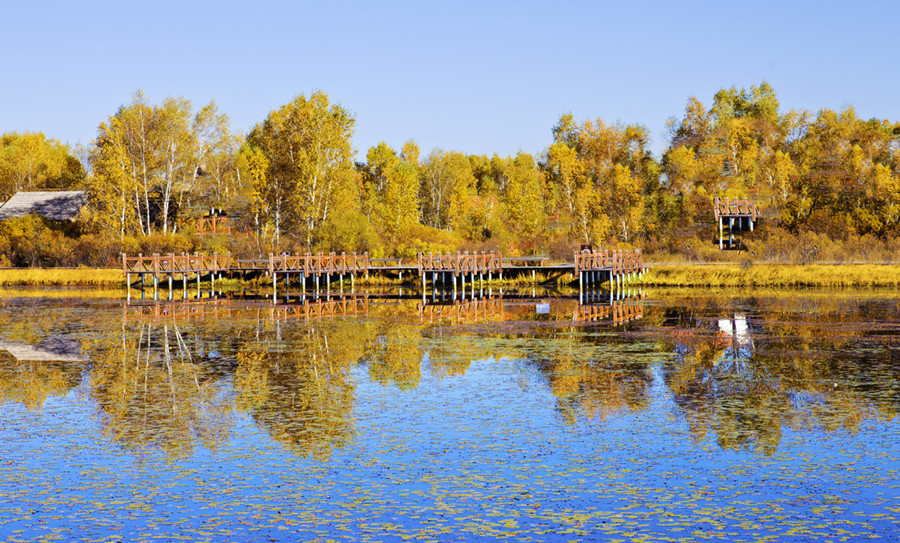
Chinese Name: 丘北县摆龙湖
English Name: Bailonghu Lake in Qiubei County, Wenshan
Bailonghu Lake (壮语: Nyi Bizlangx)
Bailonghu Lake is located 26 kilometers west of Qiubei County, Wenshan Prefecture, Yunnan Province, at the southern foot of Bailuo Mountain in Yuezhai Town. The lake is a highland freshwater lake, characterized by its blue-green water with a transparency of 4-5 meters, and up to 7-8 meters under calm conditions. It has a water capacity of 53.7 million cubic meters, an average depth of 27 meters, and covers an area of 3.16 square kilometers. It is one of the top ten lakes in Yunnan.
Overview
Bailonghu Lake is one of the sources of the Qing Shui River, which eventually flows into the Pearl River. The water of Bailonghu Lake remains clear and transparent throughout the year, even during the flood season. Surrounded by mountains, with water in the mountains and a lake within the water, the lake has a fan-shaped distribution. It features seven small islands and three peninsulas, earning it the nickname “Thousand Island Lake of Yunnan.” The islands are lush with dense forests, serve as habitats for migratory birds, and offer a picturesque setting with seasonal bird songs and blooming flowers.
Development History
The lake was originally known as Hongqi Reservoir and was constructed during the era of the “Three Red Flags” — the general line, the Great Leap Forward, and the People’s Commune. The project began in November 1958 and was completed in 1976 after nearly twenty years of construction. The total investment amounted to 17.2156 million yuan, with 5.4942 million work hours contributed by the public. Thousands of workers built a wave-proof wall and a dam with a height of 30.36 meters, a base length of 58 meters, a top length of 260 meters, and a width of 196.75 meters. The water source is supplied by intercepted Bailuo Longtan water and rainfall. The reservoir’s runoff area is 120 square kilometers, with a surface runoff area of 12.6 square kilometers, a reservoir capacity of 53.7 million cubic meters, and an irrigation area of 83,600 acres.
Legend
According to legend, Bailonghu Lake was not always known by this name. Beneath the lake was a hillside with a village called Bailuo Village. The Zhang family in the village had three daughters. Due to the long-term drought and lack of water, the elder sisters married and left, while the youngest stayed behind to care for their aging parents. One day, a young man named A Long passed through Bailuo Village and met Zhang’s youngest daughter. They fell in love at first sight, and A Long decided to stay. To find water for the villagers, Zhang and A Long searched the mountains and eventually found a water-filled cave at the base of a large mountain. However, A Long accidentally fell into the cave’s water pool. Zhang cried at the cave entrance for seven days and nights, and when A Long did not return, she jumped into the cave to join him. The water from the cave then flooded the surrounding mountains and fields, creating the lake. In memory of the lovers, the lake was named Bailonghu, and the seven islands in the lake are said to represent the seven days and nights Zhang cried.
Scenic Description
Visitors to Bailonghu Lake are greeted by its sparkling, emerald waters surrounded by seven small islands. The lush vegetation around the lake and on the islands consists mainly of Yunnan pine and rhododendron. In autumn and winter, large numbers of egrets, wild ducks, and geese inhabit the islands, creating a unique sight. The lake’s stunning green scenery is captivating, providing a serene escape from the hustle and bustle of city life.
Boating on the lake offers a refreshing experience with gentle breezes and picturesque views of the surrounding mountains and blue sky. The lake is home to flashing lights in the water, where precious silver fish are said to reside. The islands and lake’s shoreline feature a variety of wildflowers and edible plants, enhancing the natural beauty.
On the islands, visitors can enjoy a range of local delicacies, such as roasted whole sheep, fresh fish, and fragrant potato rice. The lake’s infrastructure has been upgraded with standard forest guesthouses, pavilions, and picnic areas.
Local Cuisine
- Whole Lotus Feast
- Whole Lamb Banquet
- Three-Line Cured Meat
- Wild Lotus Seed Stewed Pork Knuckle
- Bahang Chicken
- Crystal Meat
- Zongba (Rice Cake)
- Flower Glutinous Rice
Local Products
- Niyi Jiao (Local Wine)
- Lotus Powder
- Qiubei Chili
- Sanqi (Chinese Ginseng)
- Cao Wu (Aconite)
- Wood Ear Mushrooms
- Bamboo Tube Tea
- Nalang Wine
- Ethnic Handicrafts
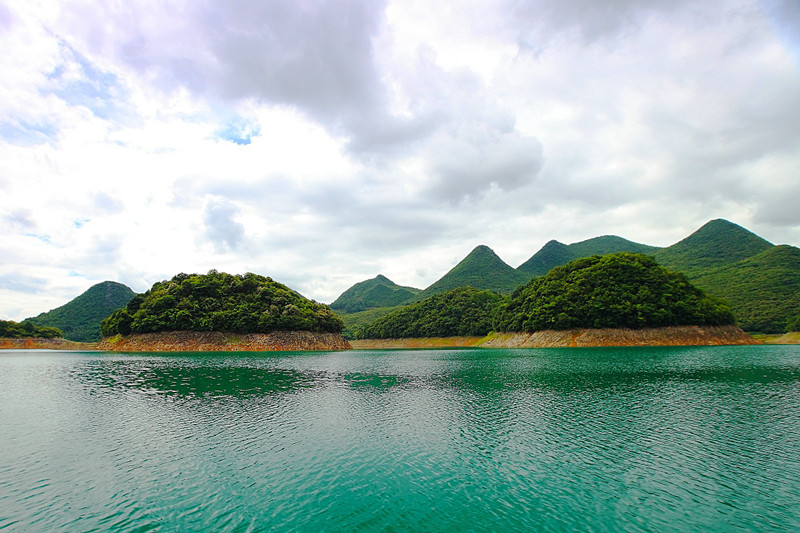
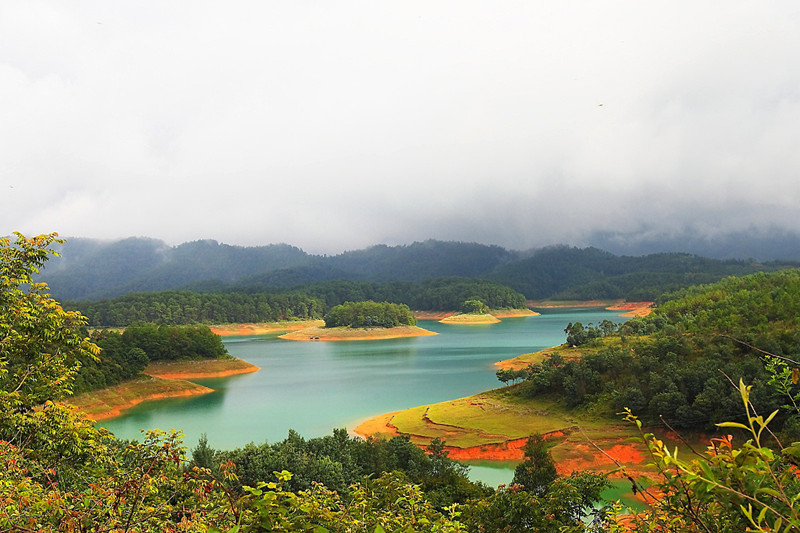

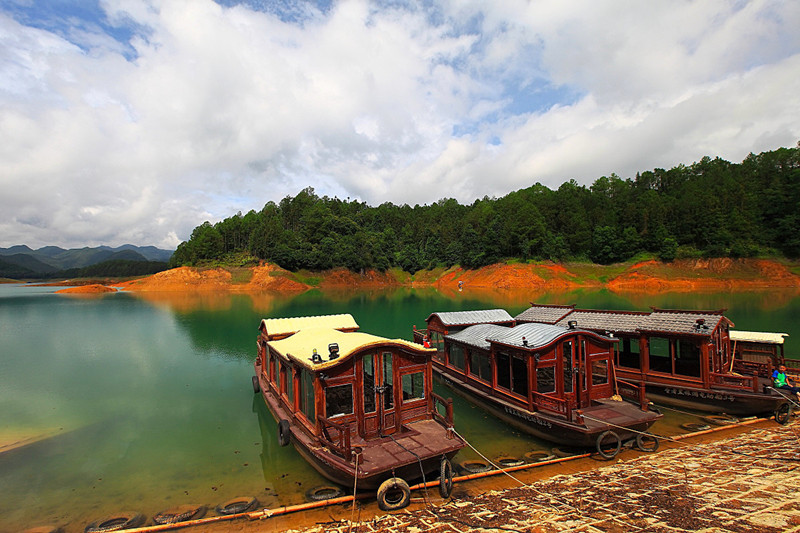
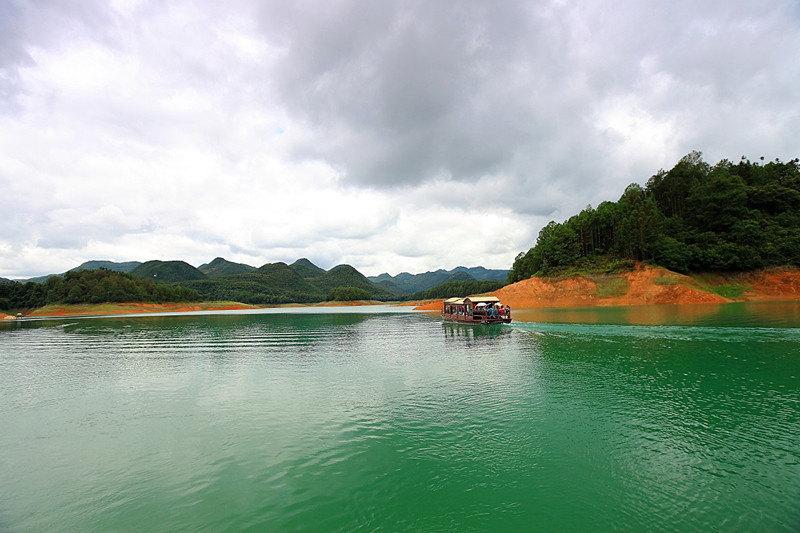
Location:
- Chinese Name: 富宁县天湖壮景生态旅游区
- English Name: Tianhu Lake Scenic Area in Funing County, Wenshan
- Location Details: Situated at the boundary of Guichao Town and Banlun Township, 35 kilometers from Funing County. The area is 5 kilometers from the Gaobang-Napo provincial highway and about an hour’s drive from major roads.
Overview:
The Tianhu Lake Scenic Area features the Jia Street Reservoir, a small (Type II) reservoir originally built in 1958 and later upgraded by the county government in 2012. The reservoir, now with a total capacity of 449,000 cubic meters, is located at an altitude of 1200 meters and covers 500 acres. Surrounded by forests with over 80% canopy coverage, the area has developed several hundred acres of scenic forest wetlands.
Key Features:
- Water Forest:
The wetlands upstream of the reservoir are home to water willows, resembling forests found in the Amazon River. In spring, the wetlands are adorned with a vibrant array of wildflowers, creating a colorful and picturesque scene. - Refreshing Climate:
Positioned in a low-heat river valley, Funing generally experiences hot weather. However, the Tianhu Lake area, at a highland altitude, enjoys a mild climate with minimal seasonal temperature changes, ample rainfall, and distinct wet and dry seasons. The average annual temperature is around 17°C with 80% humidity, providing a comfortable climate ideal for summer retreats. - Autumn Foliage:
In autumn, the maple trees around the lake turn vibrant red and yellow, reflecting beautifully on the lake’s surface. This creates a stunning visual effect, reminiscent of the imagery in Tang Dynasty poet Du Mu’s verse. - Recreational Appeal:
The area’s pleasant climate, scenic wetlands, and convenient transportation make it a popular destination for relaxation and vacation.
Development Plans:
- Partnership:
In 2012, Funing County Government partnered with Yunnan Jiayun Agricultural and Animal Husbandry Technology Co., Ltd. to develop the Tianhu Lake Scenic Area. - Master Plan:
By 2013, the “Tianhu Lake Scenic Area Master Plan” was completed and approved. The plan encompasses 43 square kilometers across two administrative villages and 15 village groups, with a total investment of approximately 309 million yuan. This includes near-term investment of about 156 million yuan and mid-term investment of approximately 153 million yuan. - Tourism Zones:
The area is organized into a central loop connecting five scenic spots:- Tianhu Water Forest Scenic Area
- Nali Grand Canyon
- Tianhu Rural Scenic Area
- Pomo Shuanglong Creek
- Baibao Mountain Grassland
- Focus:
Development will prioritize eco-tourism, outdoor leisure, and cultural experiences, with additional attractions for summer vacations, mountain ecology studies, agricultural tourism, and conference tourism. The goal is to create a destination with stunning forest and water landscapes, prominent eco-tourism themes, and comprehensive vacation facilities.
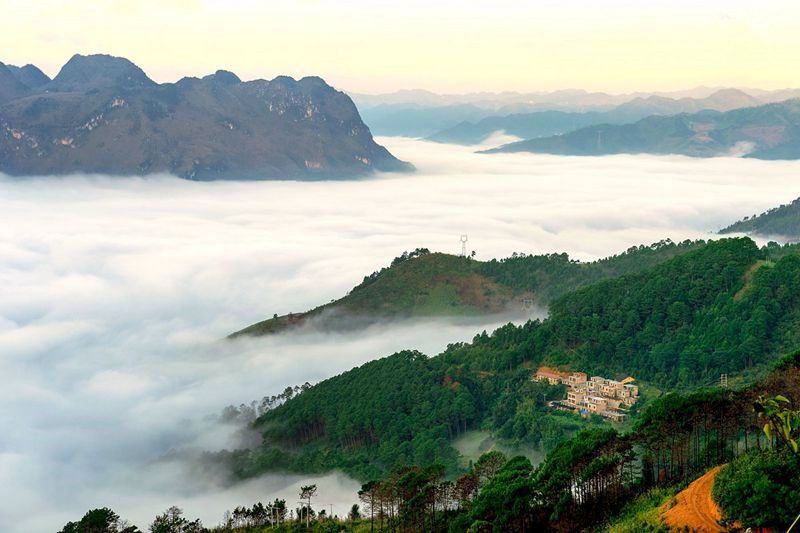


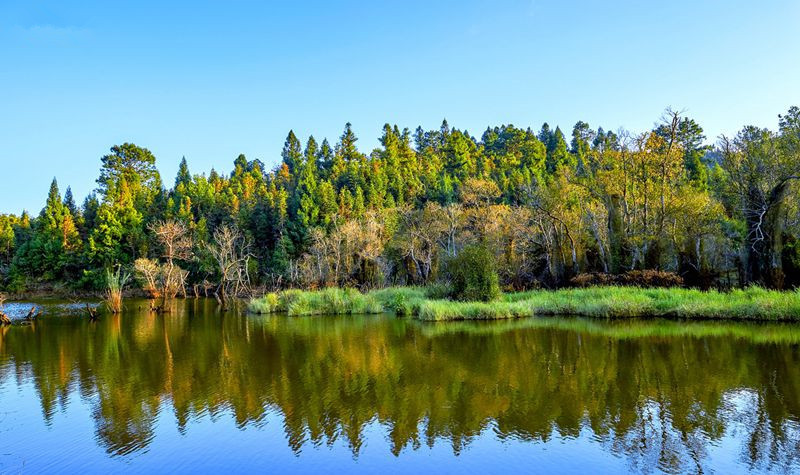
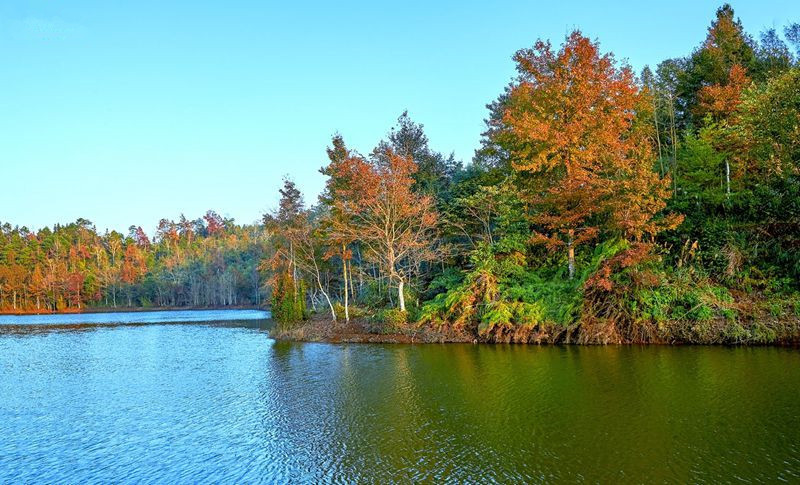
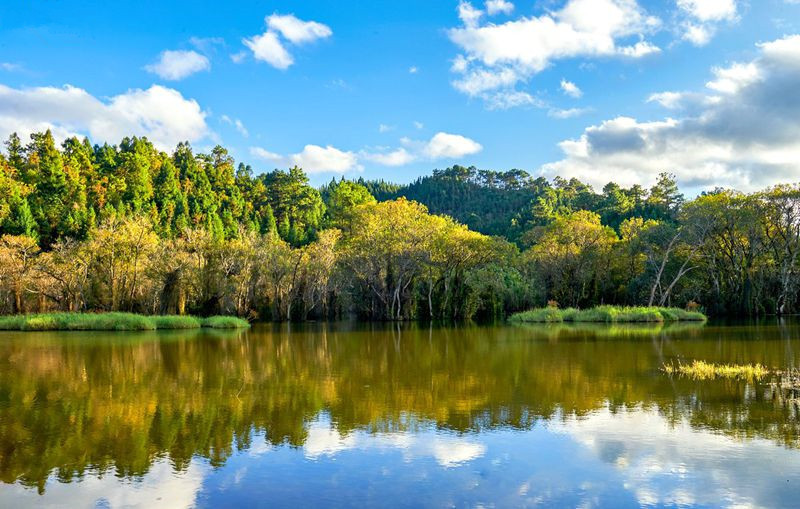

English Name: Junlonghu Lake in Wenshan City
Chinese Name: 文山市君龙湖水利风景区
Description:
Junlonghu Lake, located in Mudi Village, Wenshan Zhuang and Miao Autonomous Prefecture, Yunnan Province, was originally known as Mudi River Reservoir. The name change came from a local legend. The Wenshan Basin is surrounded by nine dragon pools, and these nine dragons converged in Wenshan, benefiting all living things. However, due to their independent nature, they often clashed, leading to frequent floods in the Wenshan Basin throughout history. At the end of the last century, the Wenshan municipal government decided to build the Mudi River Reservoir. Completed in 2006, the reservoir captured the water from the dragon pools and upstream sources, forming a lake that resembles a giant dragon from the sky. This not only subdued the dragon pools but also transformed the once unruly dragons into refined and calm ones, solving the flooding issues and ensuring a stable water supply for the Wenshan Basin. As a result, the lake was named Junlonghu, meaning “Lake of the Dragon King.”
The area around Junlonghu Lake is characterized by its simple folk customs, fertile land, high mountains, and intricate canyons. It was formed in this natural ecological setting and follows the path of the Mudi River. From the deep valleys and meandering river, the lake emerges from the ancient depths of Laojun Mountain, stretching towards the misty distance. The local population includes Han, Zhuang, Miao, and Yi ethnic groups. The expansive lake enhances the tranquility of the villages reflected in the mountain and water scenery. At night, the moonlight casts a bright, silvery glow over the lake, and the dark mountains, accompanied by the sound of water birds, create a mysterious and uplifting atmosphere.
Tourist Attractions:
- Junlong Gorge: A picturesque gorge with stunning views.
- Mandarin Duck Beach: A scenic spot known for its serene beauty.
- Mingqin Pool: An attractive pool area.
- Yuwang Cliff: A dramatic cliff with panoramic views.
- Dragon King Cave: A cave with interesting formations.
- Dragon Saliva Mouth: A unique geological feature.
- Cloud Ferry: A scenic area resembling clouds.
- Divine Turtle Playing in Water: A spot named after its resemblance to a turtle.
- Swan Drinking Water: A place known for the presence of swans.
In the midst of Junlonghu Lake, you can observe these scenic spots that guard the surrounding mountains and shores. Each location offers unique beauty and charm, waiting to be explored. On the lake’s edge, sights like the Reclining Lion Watch, Sky Dog Moon Gazing, and more await discovery.
Characteristics of the Scenic Area:
- Photography, hiking, canyon views, folk customs, ethnic villages, river views, and gorges.
Travel Tips:
- The distance from Wenshan City to Mudi Town is approximately 74.8 kilometers.
- To reach Junlonghu Lake, travel to Kunming City (by plane, train, or bus), then take a bus to Wenshan City and rent a car to your destination.
Awards:
- On September 28, 2012, Junlonghu Lake was selected as the “12th National Water Conservancy Scenic Area.”
Additional Information:
- Location: Northwestern Wenshan City in southeastern Yunnan.
- Original Name: Mudi River Reservoir.
- Function: Primarily for irrigation and flood control, with additional benefits for town water supply, downstream power generation, and ecological improvement.
- Volume: Nearly 60 million cubic meters.
- Surface Area: Over 2 square kilometers.
- Perimeter: Over 20 kilometers.
- Dam Height: 67 meters.
- Features: The lake’s construction includes 500 steps of stone steps, symbolizing the process of building the lake.
Junlonghu Lake, surrounded by high mountains and intersected by deep canyons, emerges from this natural ecosystem and follows the winding path of the Mudi River. The lake’s curves and numerous bays offer a refreshing experience with a distinct ecological and moist atmosphere. The lake, with its tranquil water and scenic views, provides a perfect escape from the bustling world, rejuvenating one’s spirit and offering a serene retreat.
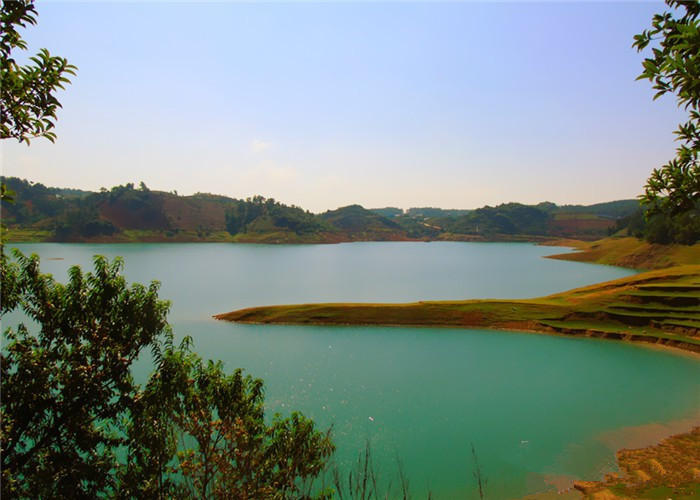
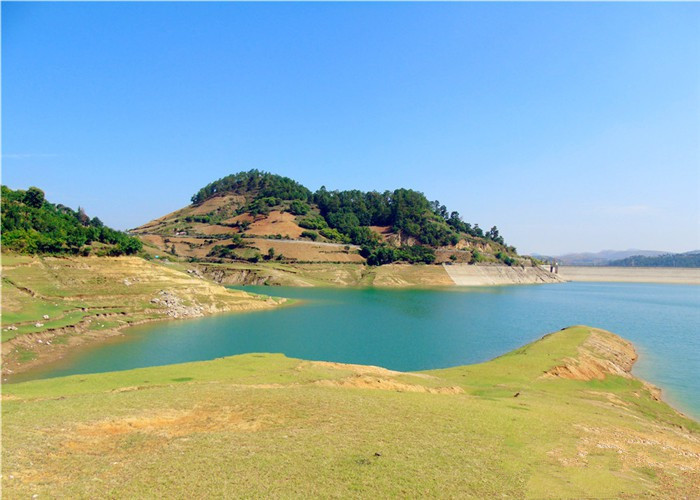
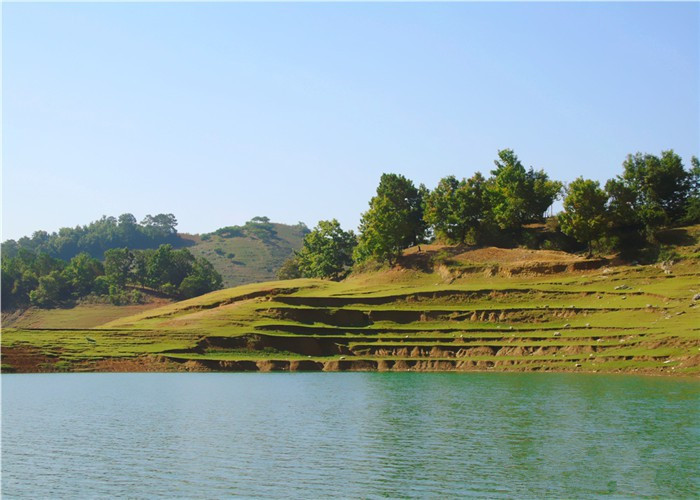
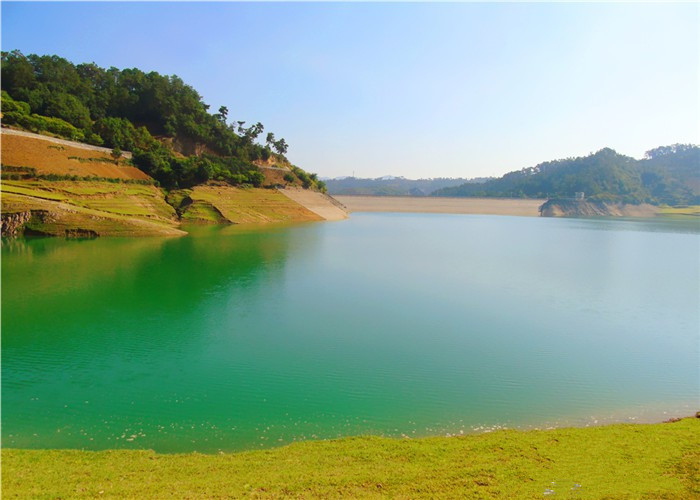
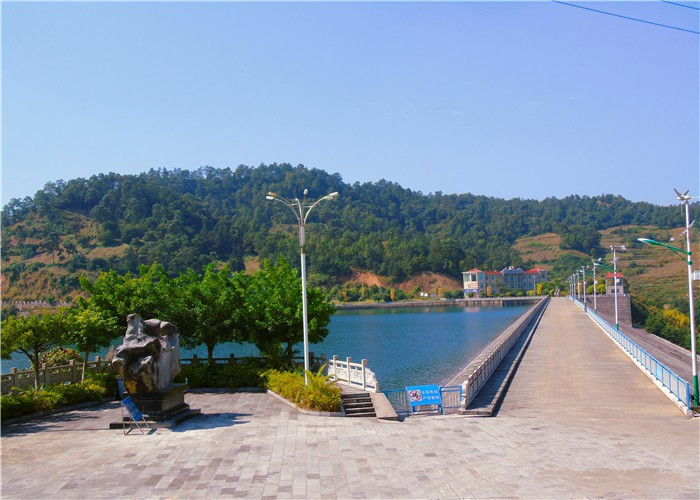
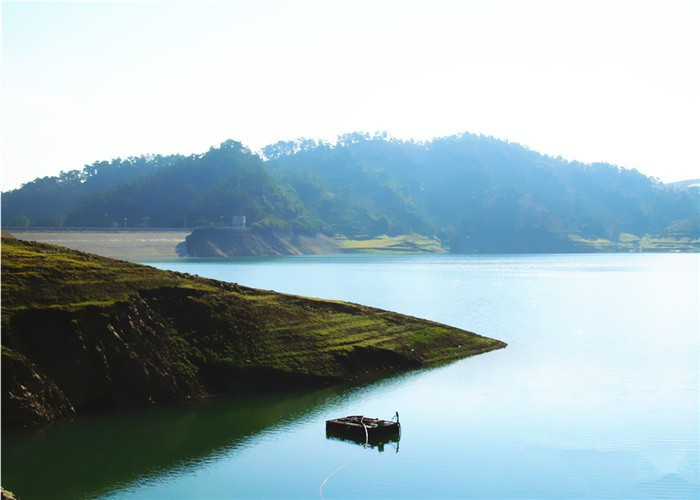
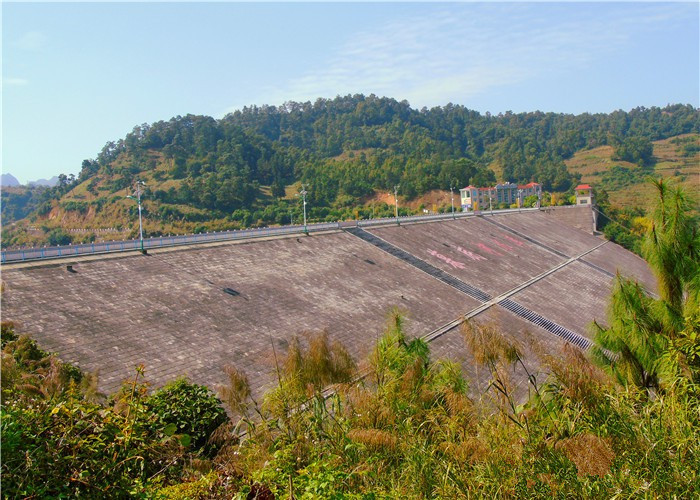
Chinese Name:沾益县海峰湿地
English Name: Haifeng Wetland in Zhanyi District, Qujing
Overview:
Haifeng Wetland Park is situated in Zhanyi District, Qujing City, Yunnan Province. It is located in a remote area and is renowned for its lush aquatic plants and flocks of migratory birds. Covering an area of 6.67 square kilometers, the park features a typical Karst wetland landscape, combining mountains, water, forests, rocks, caves, ponds, and grasslands. It is often referred to as “Ninety-Nine Mountains, Ninety-Nine Peaks” and “Yunnan’s Little Guilin.”
Core Area:
- The park centers around the Lanshi Po Haizi Wetland and is composed of four wetland sections: Dry Haizi, Back Haizi, Black Beach River, and Lanshi Po Haizi.
- The park includes dramatic landscapes such as cliffs, stone peaks, stone forests, and natural caves. It is celebrated for its beautiful natural scenery and is also known for its rich biodiversity.
Wildlife:
- Haifeng Wetland is home to various migratory birds and several national first-class protected animals, such as the black-necked crane, white crane, and black stork.
- It is the lowest altitude and latitude wetland in Yunnan, making it a significant example of Karst wetland scenery in the province. The wetland ecosystem, combined with surrounding mountains, peak forests, and forests, holds considerable scientific and research value.
Natural Resources:
- The park features dramatic topography, including high mountains, sheer cliffs, scattered stone peaks, stone forests, caves, and large swamps.
- The “Ninety-Nine Mountains, Ninety-Nine Peaks” and “Yunnan’s Little Guilin” accolades highlight its natural beauty.
- The park hosts 49 species of migratory and resident birds, including rare species such as black-necked cranes and white cranes.
- With its complete ecological structure, Haifeng Wetland is a prime example of Yunnan’s Karst wetland landscapes.
Main Attractions:
- Total Area: 27,846 hectares, with the core park area covering 6.67 square kilometers.
- Core Wetlands: Lanshi Po Haizi Wetland, Dry Haizi, Back Haizi, Black Beach River.
- Notable Features:
- Small Stone Forest
- Daughter Spring
- Carp Pond
- Little Cow Pond
- City Gate Cave
- Crescent Moon Lake
- Three Mountains, Eight Caves, and One Cliff
Tourist Information:
- Region: Dapo Township, Zhanyi County, Qujing City, Yunnan Province.
- Tourist Rating: 4A
- Entrance Fee: Free
- Recommended Rating: ★★★★★
- Distance from Kunming: Approximately 190 kilometers
- Distance from Qujing: Approximately 50 kilometers
- Best Visiting Season: March to November
- Recommended Transportation: Car
- Recommended Attractions: Small Stone Forest, Daughter Spring, Carp Pond, Crescent Moon Lake, Little Cow Pond
- Dining Suggestions: Wild mushrooms, steamed rice noodles, Zhanyi spicy chicken, lamb with skin, Xuanwei ham, etc.
- Accommodation Suggestions: Camping in the park or returning to the county town for accommodation.
Transportation Information:
- Self-Driving Routes:
- Kunming — G56 Hukun Expressway (Kunming-Qucheng Expressway) — Songming — Malong — Qujing — G60 Hukun Expressway — Zhanyi — Dapo Township — Haifeng Wetland (Approximately 190 kilometers)
- Guiyang — Anshun — Xingren — Xingyi — Luoping — Shizong — Luliang — Quju Expressway — Qujing — G60 Hukun Expressway — Zhanyi — Dapo Township — Haifeng Wetland (Approximately 640 kilometers)
- Chengdu/Chongqing — Yibin — Zhaotong — Zhaodai Expressway — Songdai Expressway — G56 Hukun Expressway — Malong — Qujing — G60 Hukun Expressway — Zhanyi — Dapo Township — Haifeng Wetland
- Bus Routes:
- Kunming North Bus Station — Qujing (Approximately 140 kilometers, 7:00–19:00, multiple departures) — Transfer to Bus No. 3 or No. 33 to Zhanyi County (Approximately 15 kilometers)
- Zhanyi Sanlu Bus Station or Muguang Parking Lot — Tourist shuttle or rural bus to Haifeng Wetland (Approximately 35 kilometers) — Or hire a car
- Train Routes:
- Kunming Station — Qujing Station (5:40–23:50, multiple departures, with ten pairs of intercity trains) — Travel time approximately 73-88 minutes.
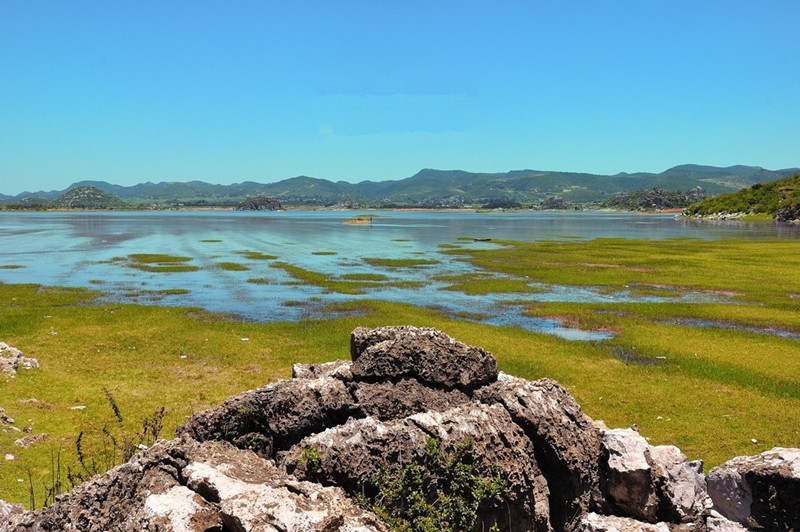
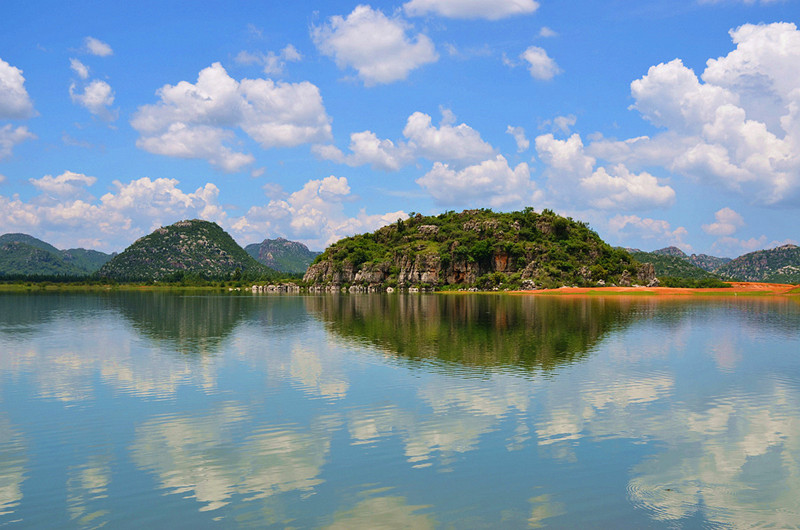

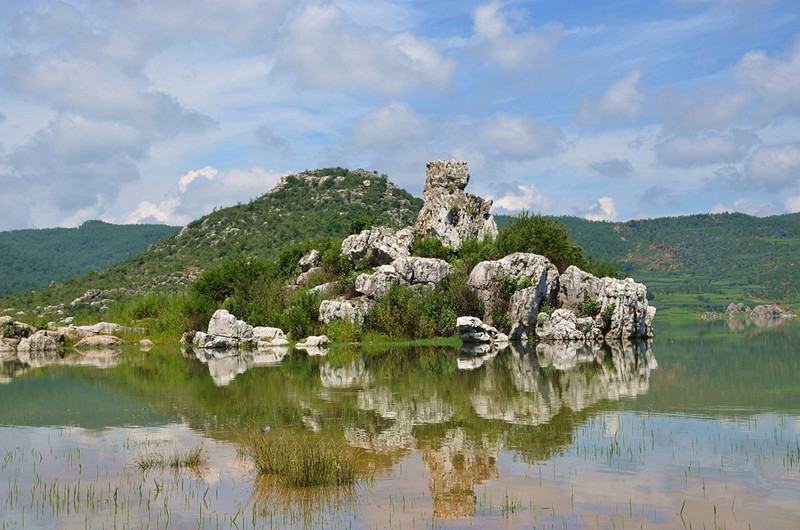
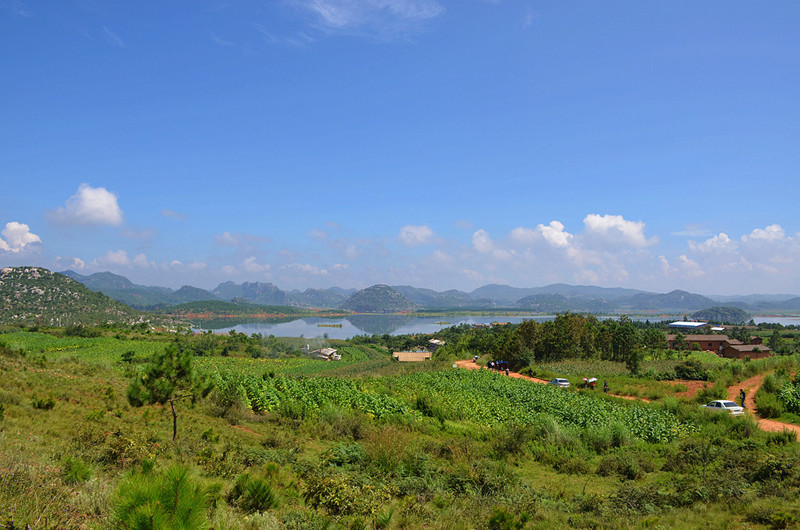
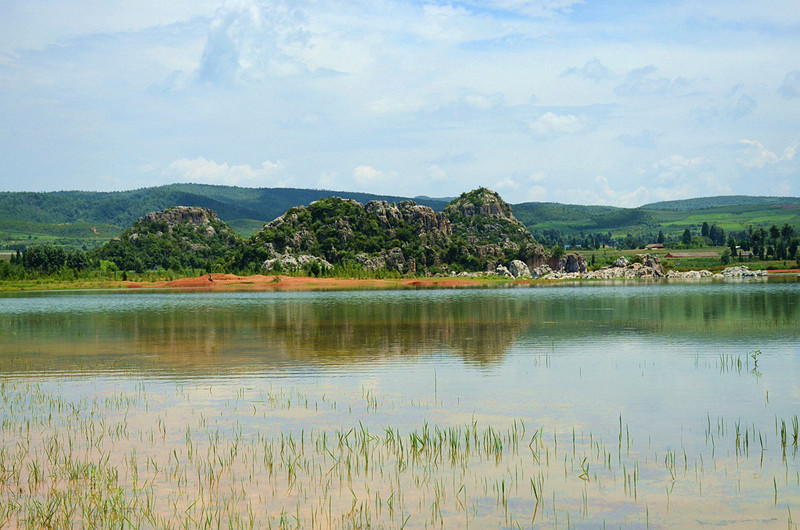
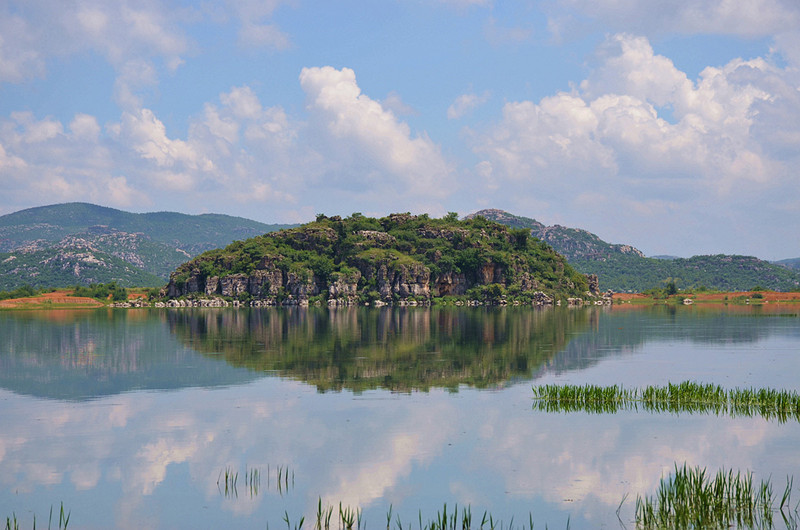
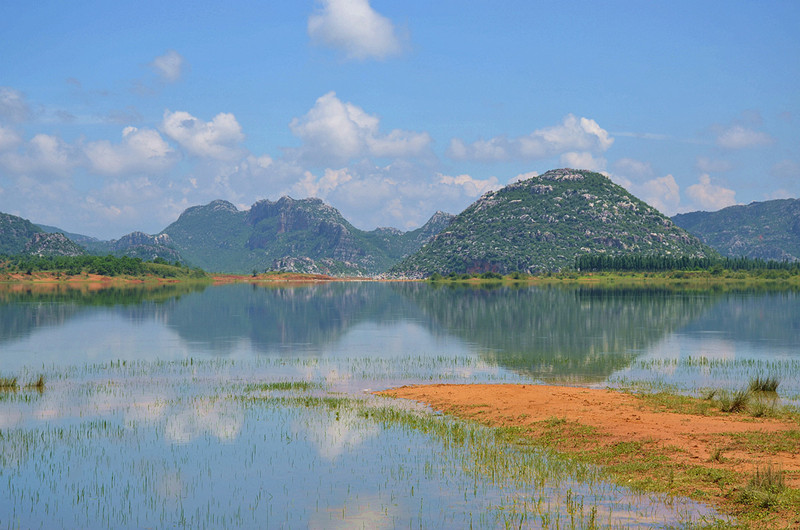
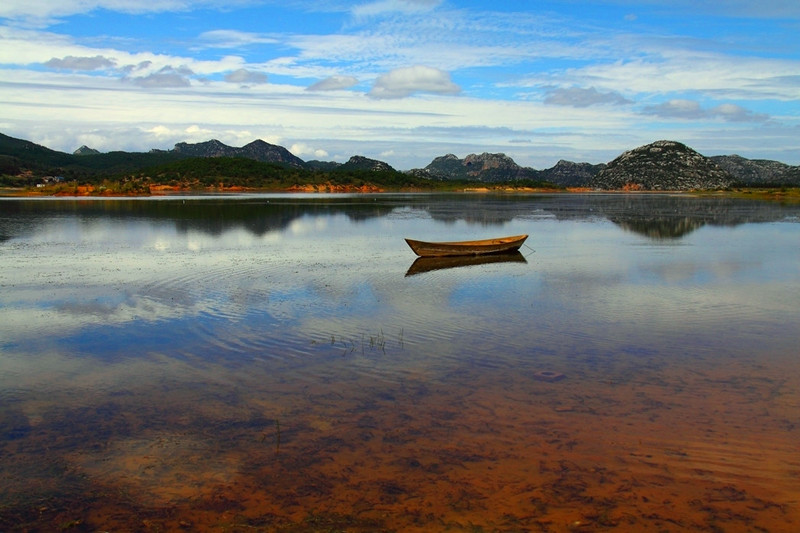
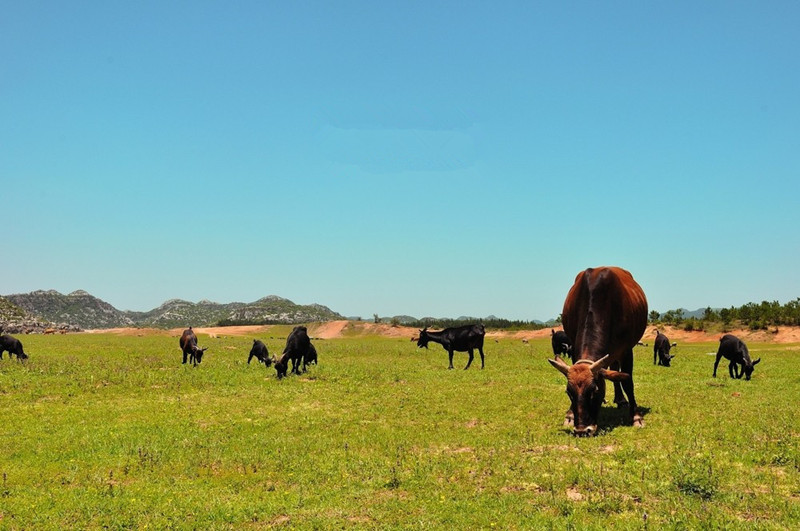
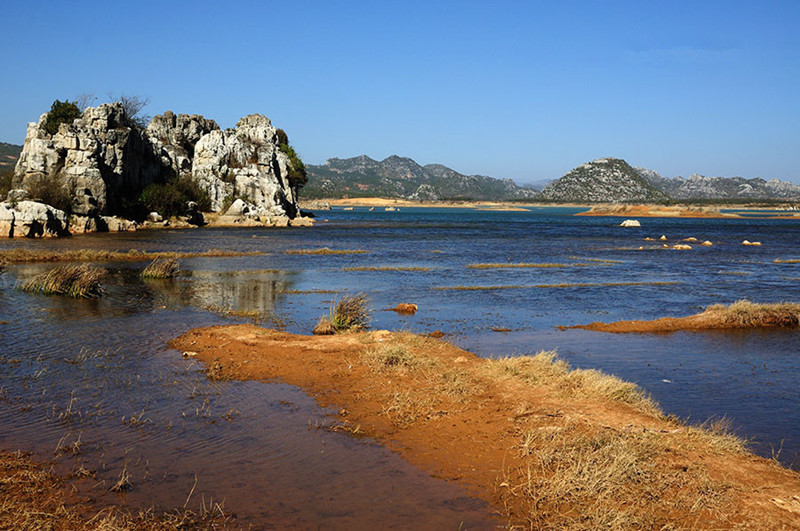
有“九十九山,九十九峰”、“云南小桂林”之誉。区内山势高峻、悬崖峭壁,散落着大大小小的石峰、石林、溶洞、天坑和大面积的沼泽地,有各种候鸟、留鸟49种.其中还栖息着包括黑颈鹤、黑鹳、白鹤等国家一级保护动物。由于结构完整、功能齐全又是目前省内海拨最低、纬度最低的湿地,它与周围由相对隆起的中山山地、峰林、峰生、孤峰及森林环境共同构成的湿地生态系统成为云南最具代表性的典型喀斯特湿地景观,具有较高的科研、科考价值。
总面积27846公顷, 景区面积6.67平方千米,是具山、水、林、石、洞、潭及草地为一体的典型的喀斯特湿地景观,湿地以兰石坡海子湿地为核心,由干海子、背海子、黑滩河四块湿地构成,它们像一块块蔚蓝的宝石,镶嵌在群山绿海之中,环境优美、风景绮丽,仅沼泽地和水体面积就有1005公顷。
旅游攻略
交通信息
自驾游路线
乘车路线
火车路线
Sun Lake in Ludian County, Zhaotong
Chinese Name: 鲁甸县太阳湖 English Name: Sun Lake in Ludian County, Zhaotong Location and Layout: Sun Lake is situated in the southern suburbs of Ludian County, bordered to the east...
Bailonghu Lake in Qiubei County, Wenshan
Chinese Name: 丘北县摆龙湖 English Name: Bailonghu Lake in Qiubei County, Wenshan Bailonghu Lake (壮语: Nyi Bizlangx) Bailonghu Lake is located 26 kilometers west of Qiubei County, Wenshan Prefecture, Yunnan...
Tianhu Lake Scenic Area in Funing County, Wenshan
Location: Chinese Name: 富宁县天湖壮景生态旅游区 English Name: Tianhu Lake Scenic Area in Funing County, Wenshan Location Details: Situated at the boundary of Guichao Town and Banlun Township, 35 kilometers from...
Junlonghu Lake in Wenshan City
English Name: Junlonghu Lake in Wenshan City Chinese Name: 文山市君龙湖水利风景区 Description: Junlonghu Lake, located in Mudi Village, Wenshan Zhuang and Miao Autonomous Prefecture, Yunnan Province, was originally known as...
Haifeng Wetland in Zhanyi District, Qujing
Chinese Name:沾益县海峰湿地 English Name: Haifeng Wetland in Zhanyi District, Qujing Overview: Haifeng Wetland Park is situated in Zhanyi District, Qujing City, Yunnan Province. It is located in a remote...
Tips Before Travel
Bring copies of your passport
Don't assume you're restricted to the main hubs of Beijing and Shanghai, our tours can start from any city.
Register with your embassy
For your safety, please register with the Embassy.
Always have local cash
Exchange some local currency for your trip
Our Team
Customize a Trip
Start planning your tailor-made holiday to China by contacting one of our specialists. Once enquired, you’ll get a response within 0.5~23.5 hours.















